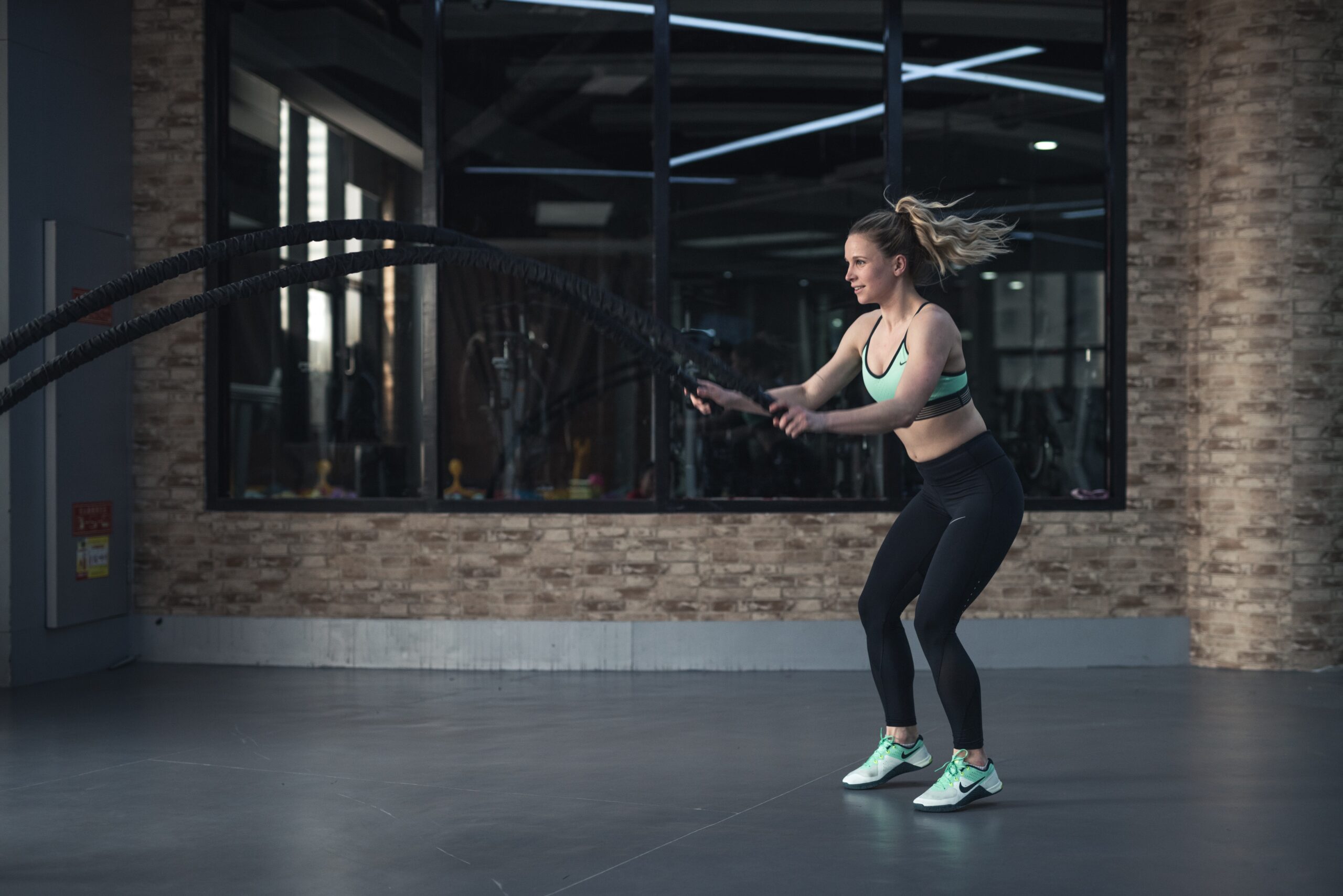When Ben Franklin said “An ounce of prevention is worth a pound of cure,” he must have been talking about running injuries. With an increasing number of participants in marathons, half-marathons and any type of distance event for that matter, it has become more evident than ever that prevention is the key to minimizing or eliminating many of the injuries commonly associated with this fast-growing sport. According to Running USA’s annual report, marathons have become more and more popular, with many less experienced people joining the ranks. Special attention needs to be paid to training and a schedule of progressive exercises in order to achieve the best injury-free experience and outcome.
Cross training can really take the shock of repetitive stress off of the areas of the body most impacted by the pounding of running. Cycling, swimming, aqua-jogging with flotation devices, elliptical and upper body exercisers (arm bike) can all provide cardiovascular training as well as progressive strengthening and endurance training while lessening the impact on the body. These methods can be used in conjunction with a running program both as training measures and during rehabilitation of injured body parts. Core muscle strengthening is especially essential in providing the building blocks to maintain the body’s own support system. It is also important to include strengthening of the hip and lower leg musculature as well as the almighty quads, and flexibility training of these areas as well.
Another area of preventive care that is sometimes overlooked has to do with improving balance, proprioception and coordination. Balance practice can begin by standing on one leg, working up to one minute, then progressing by standing on uneven surfaces (such as an air-dyne disc or bosu ball), to standing on one leg while moving the other leg in a running type movement with arm swing while balancing on the bosu ball. This activity helps activate the lateral and medial muscles of the leg to improve stability and coordination.
A third area of prevention involves footwear. The proper shoe for your running style should be determined, be it a stability shoe or more minimalist style. A running professional can help find the correct match for you. The shoe must be replaced every 300 miles or sooner if it no longer is doing its job.
Lastly, an annual physical which includes cardiac assessment should be part of any exercise program.
Even with preventative measures, injury may occur. Some common overuse injuries are: IT band syndrome, patellar-femoral issues, shin splints, Achilles tendonitis, and hip overuse issues. It may be helpful to see a physical therapist for an evaluation including a running analysis, an overall check of muscle strength and flexibility to determine areas of weakness and/or tightness, and any deviation that may be contributing to a problem. Physical therapists utilize methods to help decrease inflammation, increase strength and flexibility and look at the whole person in order to facilitate desired outcomes.
Good luck and happy running!



